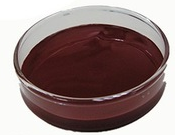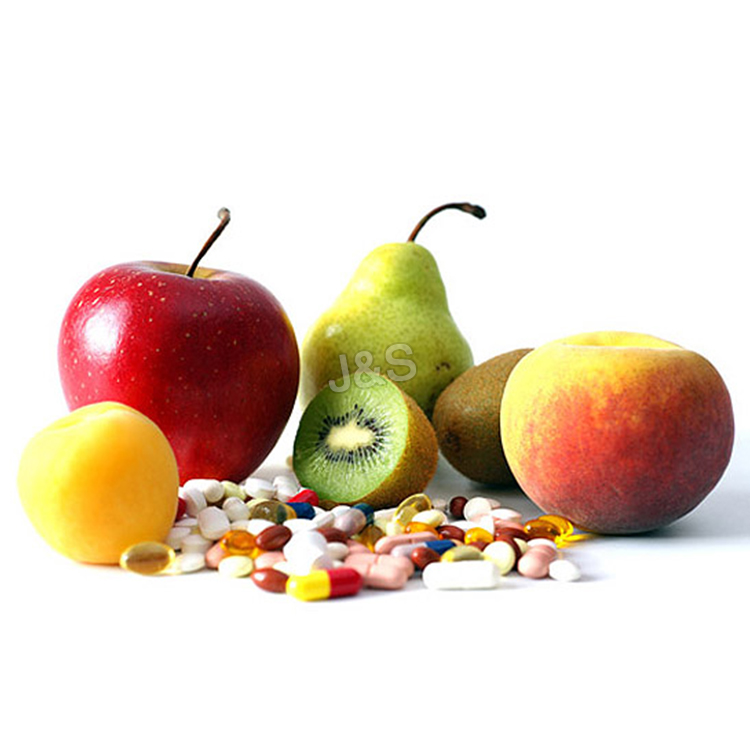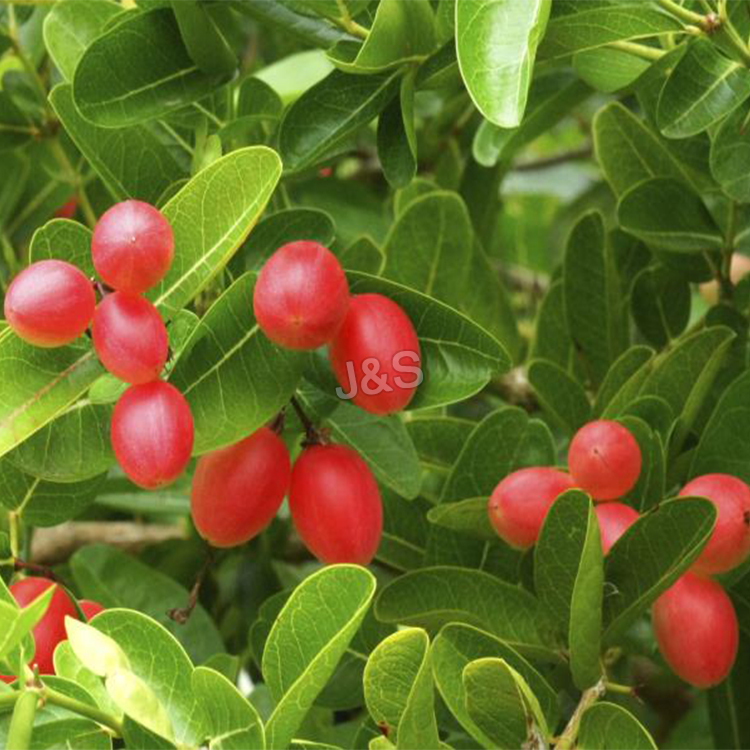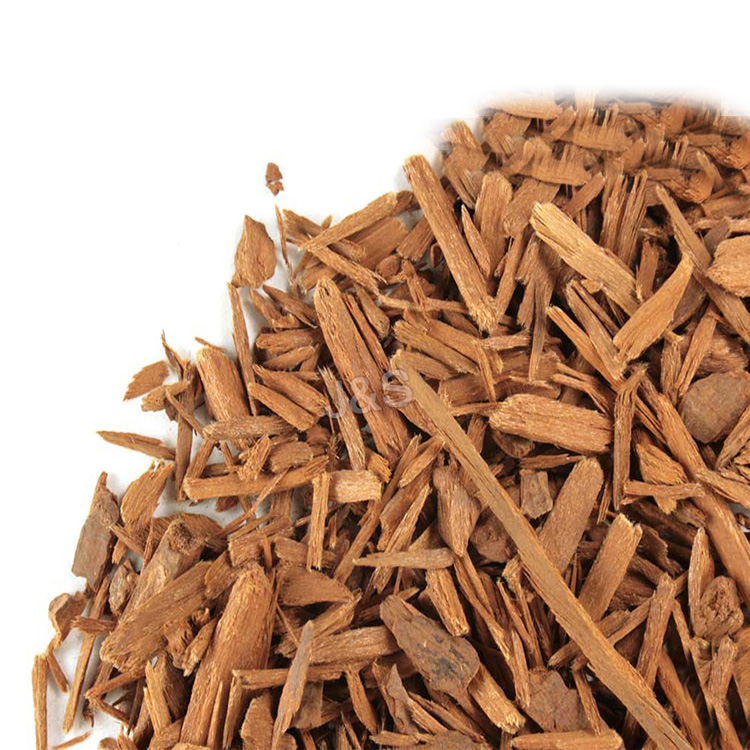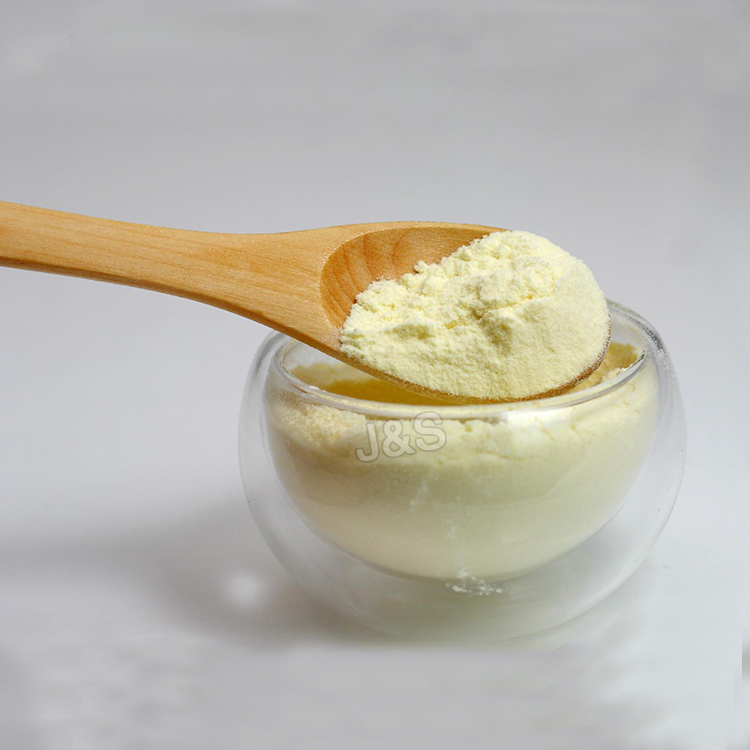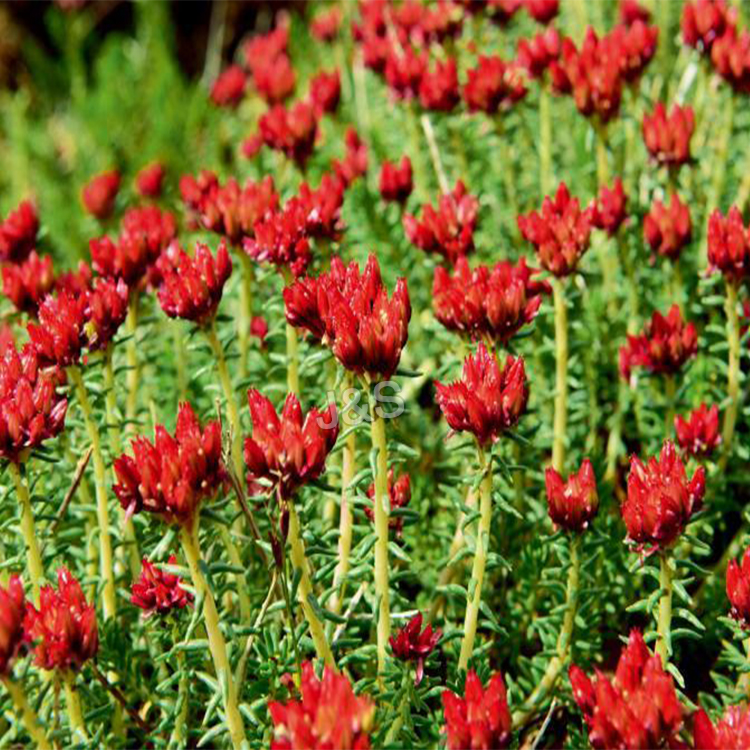Online Manufacturer for Astaxanthin Factory in Manila
Online Manufacturer for Astaxanthin Factory in Manila Detail:
[Latin Name] Haematococcus Pluvialis
[Plant Source] from China
[Specifications]1% 2% 3% 5%
[Appearance] Dark red Powder
[Particle size] 80 Mesh
[Loss on drying] ≤5.0%
[Heavy Metal] ≤10PPM
[Storage] Store in cool & dry area, keep away from the direct light and heat.
[Shelf life] 24 Months
[Package] Packed in paper-drums and two plastic-bags inside.
[Net weight] 25kgs/drum
Brief Introduction
Astaxanthin is a natural nutritional component, it can be found as a food supplement. The supplement is intended for human, animal, and aquaculture consumption.
Astaxanthin is a carotenoid. It belongs to a larger class of phytochemicals known as terpenes, which are built from five carbon precursors; isopentenyl diphosphate and dimethylallyl diphosphate . Astaxanthin is classified as a xanthophyll (originally derived from a word meaning “yellow leaves” since yellow plant leaf pigments were the first recognized of the xanthophyll family of carotenoids), but currently employed to describe carotenoid compounds that have oxygen-containing moities, hydroxyl or ketone , such as zeaxanthin and canthaxanthin. Indeed, astaxanthin is a metabolite of zeaxanthin and/or canthaxanthin, containing both hydroxyl and ketone functional groups. Like many carotenoids, astaxanthin is a colorful, lipid-soluble pigment. This colour is due to the extended chain of conjugated (alternating double and single) double bonds at the centre of the compound. This chain of conjugated double bonds is also responsible for the antioxidant function of astaxanthin (as well as other carotenoids) as it results in a region of decentralized electrons that can be donated to reduce a reactive oxidizing molecule.
Function:
1.Astaxanthin is a powerful antioxidant and may protect against oxidative damage to body tissues.
2.Astaxanthin can improve the immune response by increasing the number of antibody producing cells.
3.Astaxanthin is a potential candidate to treat neurodegenerative disease such as Alzhimer and Parkinson diease.
4.Astaxanthin dan reduce UVA-light damage to skin such as sunburn, inflammation, ageing and skin cancer.
Application
1.When applied in pharmaceutical field, astaxanthin powder has the good function of antineoplastic;
2.When applied in health food field, astaxanthin powder is used as food additives for pigment and health care;
3.When applied in cosmetic field, astaxanthin powder has the good function of antioxidant and anti-aging;
4.When applied in animal feeds field, astaxanthin powder is used as animal feed additive to impart coloration, including farm-raised salmon and egg yolks.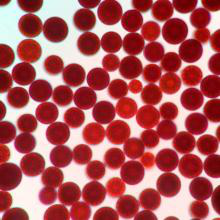
Product detail pictures:
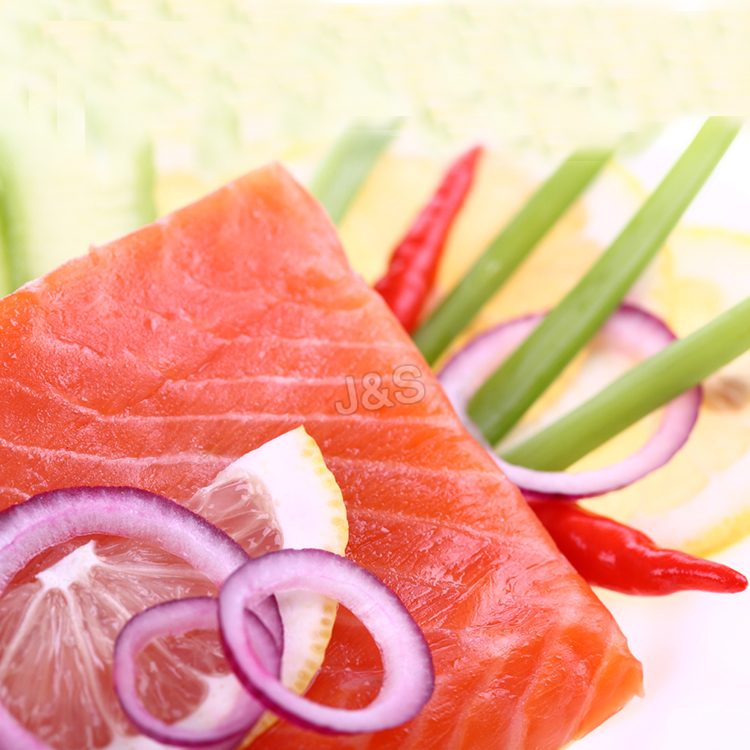
Related Product Guide:
We regularly perform our spirit of ''Innovation bringing progress, Highly-quality making certain subsistence, Administration marketing benefit, Credit score attracting customers for Online Manufacturer for Astaxanthin Factory in Manila , The product will supply to all over the world, such as: Buenos Aires, Malaysia, Nepal, We welcome you to visit our company and factory. It is also convenient to visit our website. Our sales team will offer you the best service. If you need more information, please feel free to contact us by E-mail or telephone. We are sincerely hope to establish a good long-term business relationship with you through this opportunity, based on equal, mutual benefit from now till the future.
Golden
For maximum sexual performance
Golden tablet is a one a day all natural male enhancement tablet designed to give you stronger erections, more powerful stamina, and more intense sexual experiences. Golden tablet Male Enhancement Formula is an all natural herbal supplement containing a variety of herbs known to help promote male sexual desire and function. By taking our formula you should experience an increase in sexual desire, stops Premature Ejaculation, an
improvement in your size and performance, as well as increased energy and pleasure during sexual activity.
Nutrition facts and Information for Garlic, raw. … Add to Tracking Add to Compare Create Recipe Add to My Foods. Garlic, raw. Serving size: 100 grams, 1 ounce …There are 4 calories in 1 clove of Garlic. Get full nutrition facts and other common serving sizes of Garlic including 1 tsp and 1 clove.There are 4 calories in 1 teaspoon (0.1 oz) of Garlic, raw. You’d … Average All Brands /; Fresh or Dried Vegetables /; Garlic, raw … How many calories in Garlic, raw. 4 calories. Serving size x. teaspoon (0.1 oz), clove (0.1 oz) … Nutrition Facts.Calories in Garlic Clove based on the calories, fat, protein, carbs and other nutrition information submitted for Garlic Clove.The very presence of sulfur in some many different garlic compounds may also play an important role in our nourishment. … (To view this food’s in-depth nutritional profile that includes values for … 6.00 clovesCalorie Counts and Nutrition Facts … Calories in Garlic and Health Benefits … Avoid using plastic bags and keep the tops attached to keep garlic fresh longer.Garlic Bulbs and Cloves … Garlic Is Highly Nutritious, But Has Very Few Calories … The amount of allicin needed is equivalent to about four cloves of garlic per …According to an article published in the 2001 “Journal of Nutrition,”. … The amount of phosphorous in 1 teaspoon of raw garlic is 2 milligrams; 1/8 teaspoon of garlic powder contains … The Benefits of Eating Raw Garlic Cloves.A 1-teaspoon serving of chopped raw garlic contains 4 calories with just 0.09 calories … How Many Cloves of Garlic Can You Eat in a Day?
This company has the idea of "better quality, lower processing costs, prices are more reasonable", so they have competitive product quality and price, that's the main reason we chose to cooperate.

